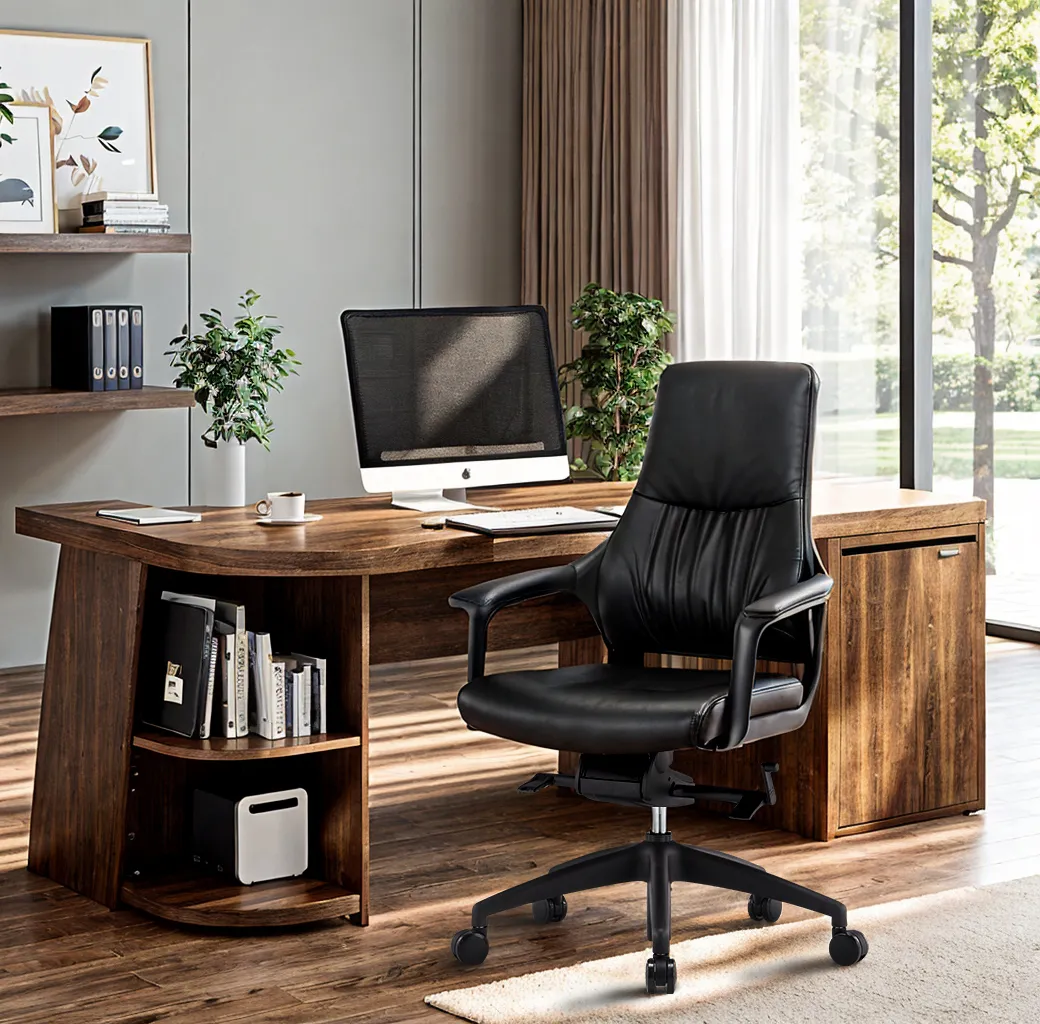The Impact of Tariff Policies and Trade Barriers on the Export of Ergonomic Office Chairs
The Impact of Tariff Policies and Trade Barriers on the Export of Ergonomic Office Chairs
Tariff policies and trade barriers are significant challenges in international trade. For companies exporting ergonomic office chairs, different countries' tariff rates, import regulations, and various non-tariff barriers can significantly affect export activities. This article explores how tariff policies and trade barriers impact the export of ergonomic office chairs and the strategies companies can adopt to address these challenges.

I. The Impact of Tariff Policies on Exports
-
Effect of Tariff Rates
Different countries impose varying tariff rates on imported furniture, especially office furniture. High tariffs can lead to increased product prices in target markets, thereby weakening the competitiveness of companies. For example, some countries impose high tariffs on imported furniture to protect their domestic manufacturing industries, creating cost pressure for exporters. In such cases, exporting companies may need to make difficult trade-offs between production costs and pricing to ensure their products remain attractive in terms of price. -
Impact of Bilateral and Multilateral Trade Agreements
Some bilateral or multilateral free trade agreements between countries or regions can reduce or eliminate tariffs, which is advantageous for companies exporting ergonomic chairs. For instance, the Regional Comprehensive Economic Partnership (RCEP) in the Asia-Pacific region helps lower tariffs on Chinese exports to ASEAN countries, thereby facilitating the flow of products and trade.
II. Challenges from Non-Tariff Barriers
-
Technical Trade Barriers
Non-tariff barriers often come in the form of technical standards and certification requirements. Many countries impose strict technical standards on imported office furniture, including safety standards, environmental certifications, and material usage regulations. Exporting companies must ensure that their products comply with the technical standards and certification requirements of the importing country, or they risk being denied entry. For example, the European Union requires office furniture to meet CE certification standards, while the U.S. market follows the BIFMA (Business and Institutional Furniture Manufacturers Association) certification. -
Environmental and Sustainability Regulations
With the rise of environmental awareness, many countries have imposed stricter requirements on the environmental performance of imported products. For instance, the European Union and some Nordic countries have stringent limits on the chemical substances used in furniture materials. Companies need to ensure that their products are manufactured without harmful chemicals. Products that fail to meet these environmental standards will be prohibited from entering these markets.
III. Strategies for Addressing Trade Barriers
-
Diversified Market Strategy
To address the different tariff policies and trade barriers in various countries, exporting companies can adopt a diversified market strategy, avoiding an over-concentration of resources in one market. For example, when one market raises tariffs, companies can shift focus to other markets with lower tariffs and more favorable trade environments, thus spreading risks. -
Localized Production or Partnership Models
For countries with high tariff barriers, companies can consider establishing production bases in the target market or partnering with local manufacturers. Localized production allows companies to avoid high import tariffs, reduce production costs, and enhance market competitiveness. Additionally, collaborating with local companies can offer a better understanding of the target market’s needs and regulations. -
Product Innovation and Differentiation
Companies can enhance the added value of their products in high-tariff markets through innovation and product differentiation. Consumers are often willing to pay higher prices for products with unique features and superior quality, ensuring that the product remains competitive even in the face of high tariffs. For instance, incorporating innovations such as smart functionality or eco-friendly design can enhance the technological value of the product.
IV. Conclusion
Tariff policies and trade barriers have a significant impact on the export of ergonomic office chairs. Faced with varying tariff rates and technical standards across different countries, exporting companies must adopt flexible strategies. By utilizing market diversification, localized production, and product innovation, companies can overcome these challenges. In a globalized context, understanding and adapting to the trade policies of various countries can help companies maintain a competitive edge in the international market.
share:
-
Multi Colored Modular SofasNewsJul.07,2025
-
Enhance Seating Experience with Chair AccessoriesNewsJul.07,2025
-
Enhance Four Legged Chairs with WheelsNewsJul.07,2025
-
Elevate Your Workspace with Luxurious Boss ChairsNewsJul.07,2025
-
Discover Comfort of Compression SofaNewsJul.07,2025
-
Training Chairs Aim To Provide A Fully Functional And Flexible Workspace For Various Training, Educational, Or Collaborative ActivitiesNewsJun.06,2025
-
The Big Boss Office Chair Aims To Provide Comfort And Support For Individuals In Management Or Leadership PositionsNewsJun.06,2025









